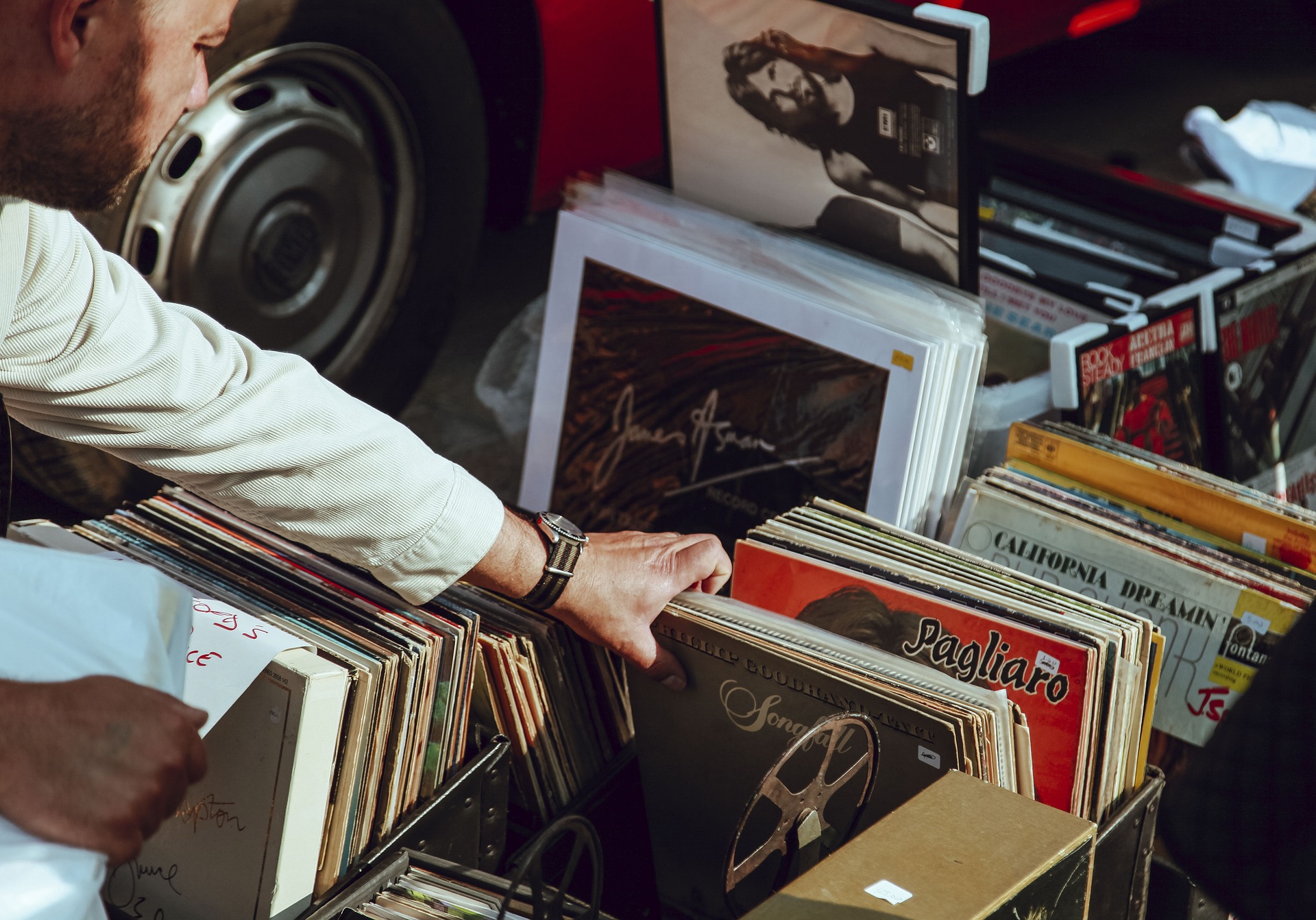Synesthesia in Art: A Multi-Sensory Exploration of Creativity
Introduction: Art, in its myriad forms, has always been a sensory experience. But what if one could see music or taste colors? Welcome to the world of synesthesia in art, where boundaries between senses blur, creating a vibrant panorama of sensory interactions.
A Symphony of Senses: Understanding Synesthesia
Synesthesia is a neurological condition where stimulation of one sensory pathway leads to involuntary experiences in another sensory pathway. It’s like hearing colors, seeing sounds, or tasting shapes. While it might sound like something out of a science fiction novel, it’s a real phenomenon experienced by approximately 4% of the population. It’s this unique sensory experience that has been harnessed by artists to create a genre of art that transcends traditional boundaries.
A Historical Perspective: Synesthetic Art Through The Ages
The intertwining of senses in art is not new. Ancient Greek philosophers believed that there was a deep connection between sound and color. In the 19th century, Romantic-era poets like Charles Baudelaire and Arthur Rimbaud spoke about ‘colored hearing.’ However, it was in the 20th century, with the rise of abstract art, that synesthetic art found its firm footing. Artists like Wassily Kandinsky and Paul Klee, known for their abstract work, were believed to be synesthetes, using their unique sensory experiences to create masterpieces.
Recent Developments: The Modern Synesthetic Art Movement
In the 21st century, the synesthetic art movement is gaining momentum. Contemporary artists like Carol Steen and Marcia Smilack are creating works that reflect their synesthetic experiences, providing viewers with a unique window into their multi-sensory world. There are also interactive installations and performances that use technology to simulate synesthetic experiences for the audience, further driving the public interest in this intriguing art form.
Impact and Significance: The Power of Synesthetic Art
Synesthetic art is more than just a sensory smorgasbord. It challenges traditional notions of perception, pushing the boundaries of what art can be. It also underscores the importance of inclusivity in art, as it provides a platform for people with different sensory experiences to express themselves. Moreover, it’s an innovative lens to understand neurological conditions like synesthesia, fostering empathy and awareness.
Looking Ahead: The Future of Synesthetic Art
With advancements in technology and growing public interest, the future of synesthetic art looks promising. Virtual and augmented reality technologies can further enhance the multi-sensory experience, making it more immersive. There is also potential for more interdisciplinary collaborations, where artists, neuroscientists, and technologists can come together to explore the uncharted territories of synesthetic art.
Synesthetic art, with its blend of senses, provides an intriguing exploration into the human sensory experience. It invites us to rethink our perception of art, challenging us to experience creativity in a whole new light. As we delve deeper into this captivating world, we can look forward to a more inclusive, innovative, and immersive artistic landscape.





